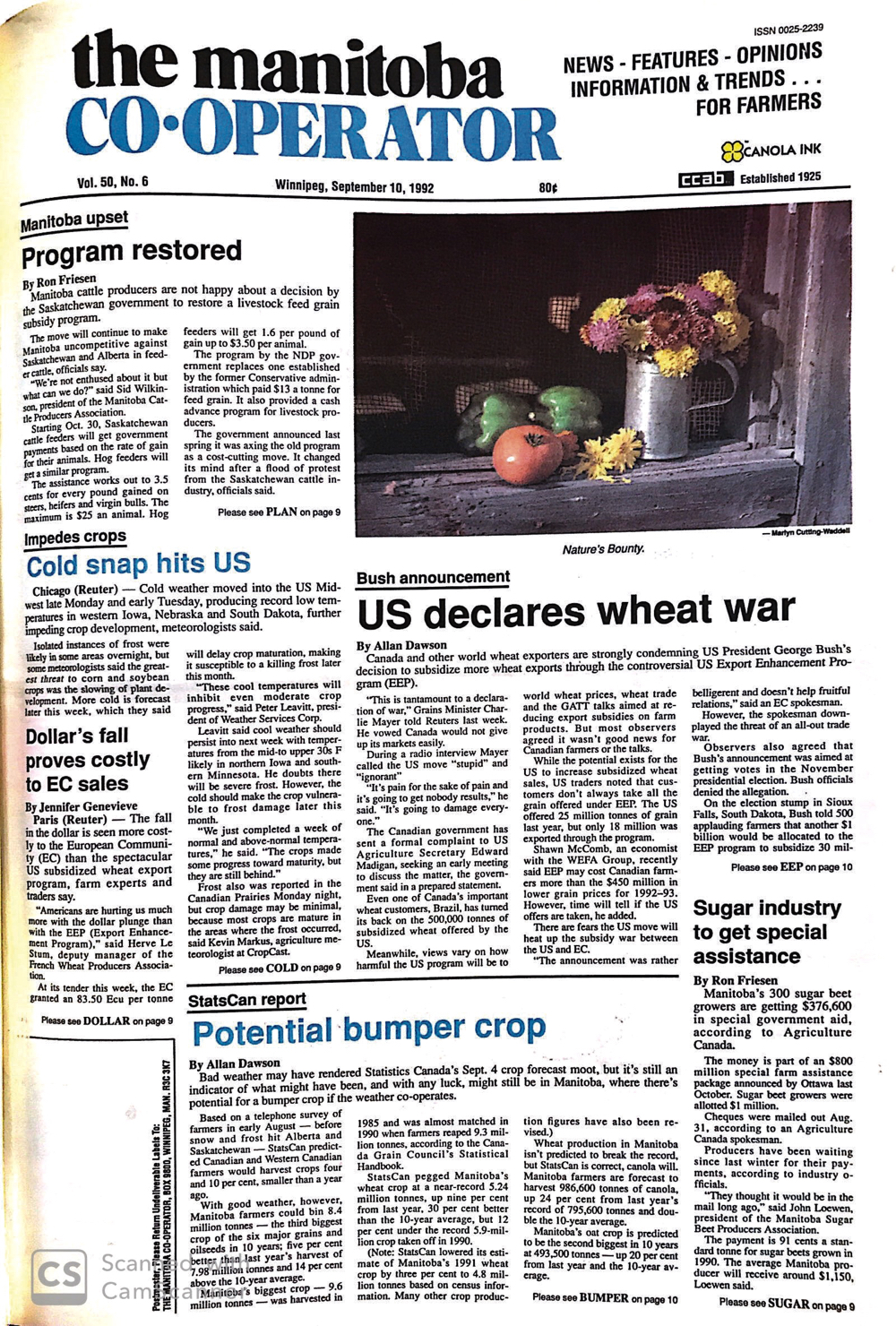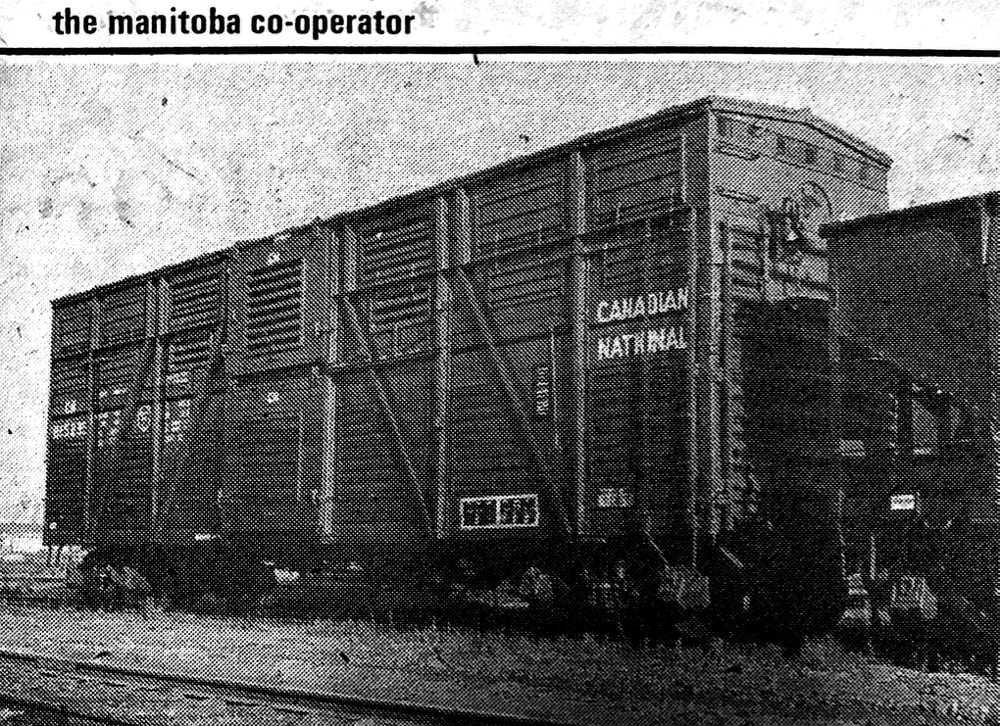With BSE still to appear in Canada in August 1998, it may not have been realized just how important our Aug. 13 front-page story would be. Former Canadian Cattlemen’s Association general manager told his annual meeting in Edmonton about the new project to develop a national cattle identification program.
There was little good news for grain producers — Canadian Wheat Board chief commissioner Lorne Hehn told a crop year-end review meeting that wheat farmers faced a difficult period of low supplies and low prices. However, most of the crop was expected to be top grade, allowing it to be sold into higher-paying markets.
Read Also

Canada’s BSE program has seen steps forward
Canadian cattle farmers and local veterinarians have a key role in maintaining Canada’s BSE negligible risk status that protects Canada’s beef trade.
The mood in the U.S. was similarly glum after drought had seared southern U.S. wheat crops, while northern crops were hit with fusarium. Some farm state legislators had proposed taking land out of production to control the disease. And in North Dakota, the Farmers Union had proposed a voluntary wheat pool to try and exert more influence on prices.
Allan Dawson reported on the Manitoba Pulse Growers Association tour, which featured some soybean plots. It was speculated that some of the more than 70 farmers who attended might have tried a few acres, but none would admit it when asked for a show of hands. “If they get a bumper crop they’ll raise their hands,” one farmer suggested. Manitoba soy area had tripled to 18,000 acres from 6,000 in 1997.
An Agriculture Canada researcher was concerned that rabbits could harm the crop, and said next year’s plots would be surrounded by an electric fence to discourage grazing bunnies.
A flyer in the issue invited Manitoba Pool members to attend meetings to explain the merger with Alberta Pool to become Agricore. On the agenda was distribution of MPE’s record earnings of $39.7 million, up 20 per cent from the previous year.


















